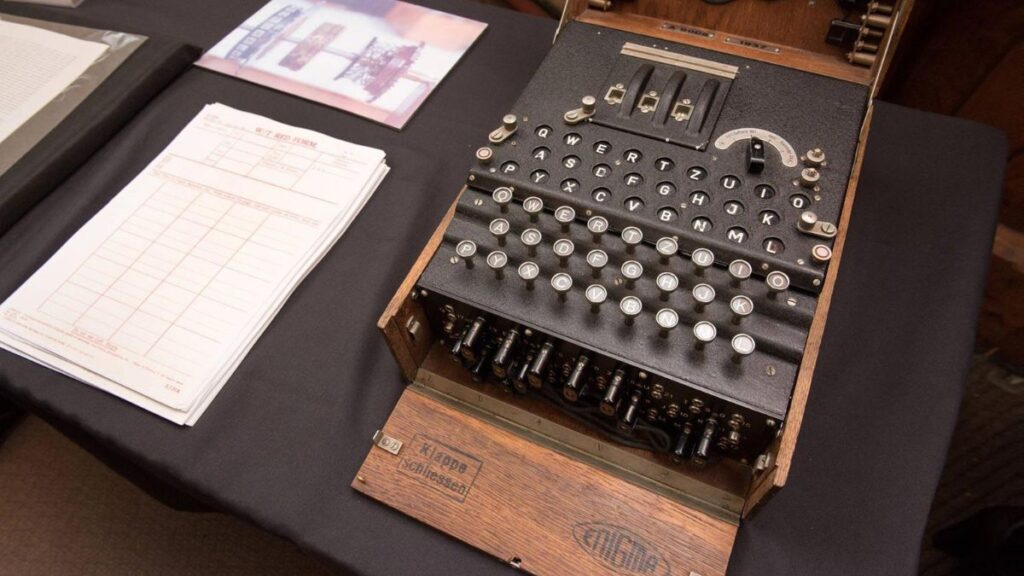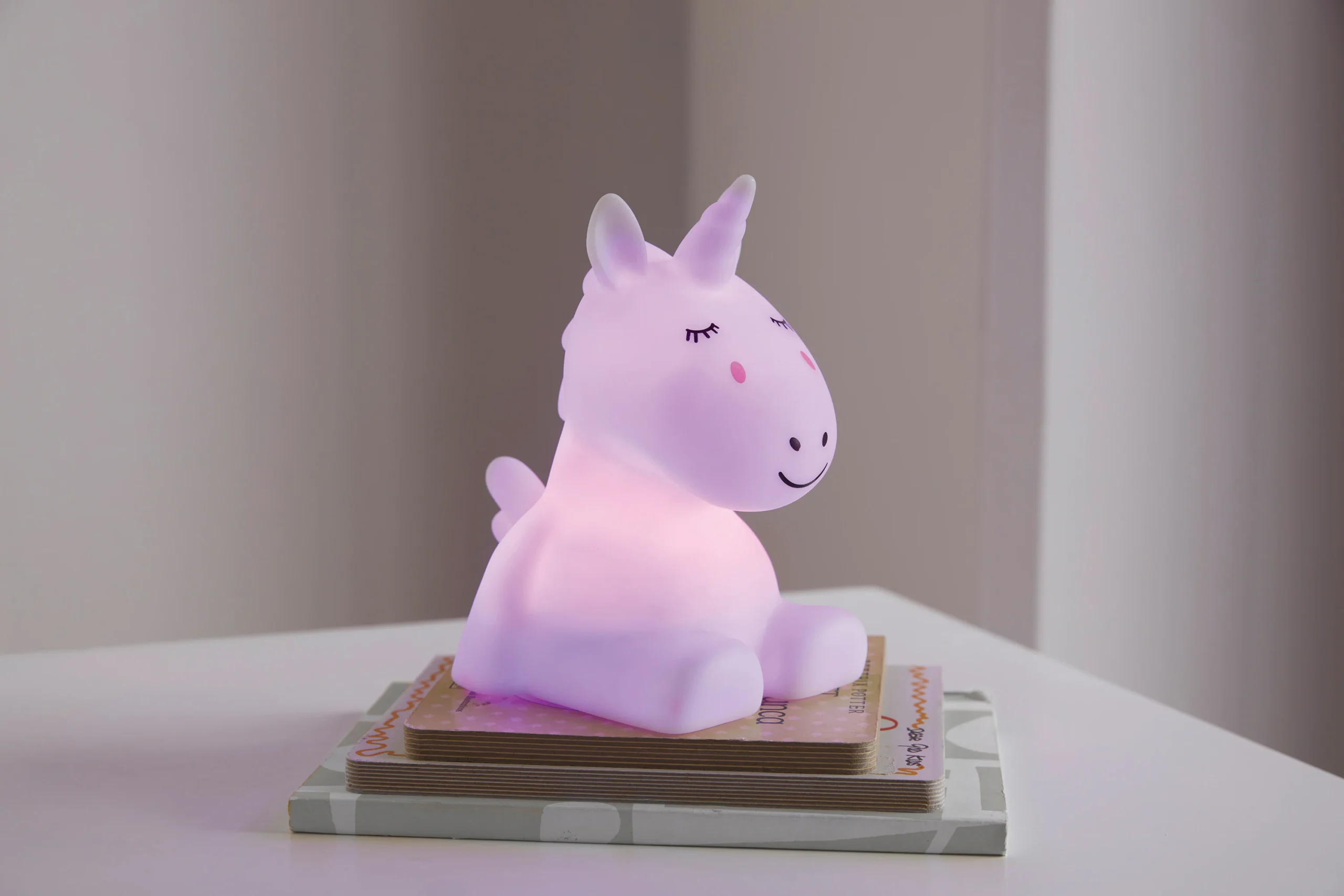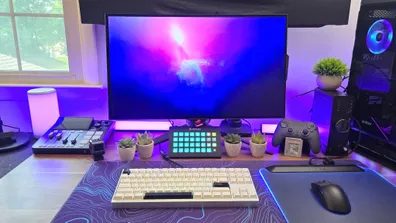In the ever-evolving realms of 3D rendering, video game development, and architectural visualization, the quest for hyper-realism and unparalleled detail is perpetual. At the heart of this pursuit lies the humble yet powerful texture map, the digital skin that gives 3D models life, depth, and authenticity. While most textures are categorized by well-known types like albedo, normal, or roughness, a new, enigmatic identifier has emerged on the scene: the 1.5f8-p1uzt Texture. This alphanumeric cipher represents more than just a file; it signifies a potential paradigm shift in how we create, process, and interact with digital surfaces.
Decoding the Name: What is a 1.5f8-p1uzt Texture?
To the uninitiated, “1.5f8-p1uzt” might appear as a random string of characters, a glitch in the matrix, or an incomprehensible product code. However, in the specialized language of digital asset creation, such nomenclature is often far from arbitrary. It typically points to a highly specific and proprietary texture format or a unique procedural generation seed.
The “1.5f8” prefix could indicate a version number (1.5) followed by a specific build or algorithm identifier (f8). This suggests a texture born from a controlled, iterative process, likely from a advanced procedural texture generation engine or a cutting-edge material scanning system. The “p1uzt” suffix may denote a unique material class or a specific set of parameters—perhaps defining its photometric properties, structural anisotropy, or a unique “fingerprint” that distinguishes it from any other texture in a vast library.
In essence, a 1.5f8-p1uzt Texture isn’t just an image file. It is a data-rich asset, potentially encapsulating not only color information but also intricate details on micro-surface displacement, light scattering, spectral reflectance, and even how it reacts to environmental changes over time. It represents a move towards intelligent textures that are more than just a superficial layer.
The Technical Underpinnings: Beyond the Bitmap
Traditional texture workflows often rely on a series of separate maps—a diffuse map for color, a normal map for fake depth, a roughness map for shininess, and so on. The 1.5f8-p1uzt Texture challenges this multi-map paradigm. It is hypothesized to be a unified, multi-layered data container.
Imagine a single file that contains:
- High-Fidelity Albedo Data: Capturing color with unprecedented accuracy, beyond standard RGB, perhaps including spectral data for more realistic light interaction under different wavelengths.
- Integrated Physically-Based Rendering (PBR) Properties: Seamlessly weaving together roughness, metallic, and ambient occlusion information into a cohesive whole, eliminating channel packing artifacts.
- Micro-Displacement Details: Unlike traditional bump maps, this texture might encode true geometric complexity at a microscopic level, allowing for stunning detail when viewed up close without disproportionately high polygon counts.
- Anisotropic and Volumetric Cues: Specifying how light behaves on materials like brushed metal or velvet, and perhaps even containing simple volumetric data for simulating materials like marble, skin, or wax where light scatters beneath the surface.
This all-in-one approach streamlines the asset pipeline for artists and significantly reduces the computational overhead of managing multiple texture samplers, making it a boon for real-time applications like next-generation game engines.
Applications: Where the 1.5f8-p1uzt Texture Truly Shines
The potential applications for a texture of this supposed sophistication are vast and transformative.
- Cinematic Visual Effects (VFX): In film, where the line between reality and CGI continues to blur, the 1.5f8-p1uzt Texture could be the key to creating digital doubles and environments that are indistinguishable from their real-world counterparts. The ability to capture and replicate the subtle wear on a leather jacket, the intricate porosity of skin, or the complex rust patterns on ancient metal would be invaluable.
- Next-Generation Video Games: As we advance into the era of photorealistic real-time graphics, efficient yet detailed assets are paramount. This texture format could allow game developers to push visual fidelity to new heights without compromising performance, enabling open-world environments with a consistent, immersive level of detail that was previously unattainable.
- Architectural Visualization and Virtual Reality: For architects and designers presenting their visions, realism is credibility. A 1.5f8-p1uzt Texture applied to virtual marble flooring, concrete walls, or fabric upholstery would provide clients with a true-to-life experience, enhancing decision-making and presentation impact in VR walkthroughs.
- The Metaverse and Digital Twins: The creation of a persistent, high-fidelity digital world requires assets that are not only visually stunning but also consistent and scalable. A standardized, high-data texture format like this could become a foundational building block for the metaverse, ensuring that a virtual object looks and reacts correctly regardless of where it is placed.
The Future Imbued in a Name
The emergence of a term like 1.5f8-p1uzt Texture signals a exciting future for digital content creation. It moves us away from textures as mere pictures and towards textures as sophisticated data sets that describe a material’s very essence. This shift aligns with trends in AI-assisted material generation, high-resolution 3D scanning, and real-time ray tracing, all of which demand more from the textures they use.
While the exact origins and full specifications of the 1.5f8-p1uzt Texture may be shrouded in the proprietary secrecy of a leading tech firm or VFX studio, its conceptual existence challenges the entire industry to think bigger. It is a glimpse into a future where digital surfaces are not just seen but are experienced with a depth and realism that fool all our senses, closing the gap between the physical and the digital one pixel, one data point, at a time. The name itself may be a placeholder, but the technology it represents is undoubtedly the next frontier.



